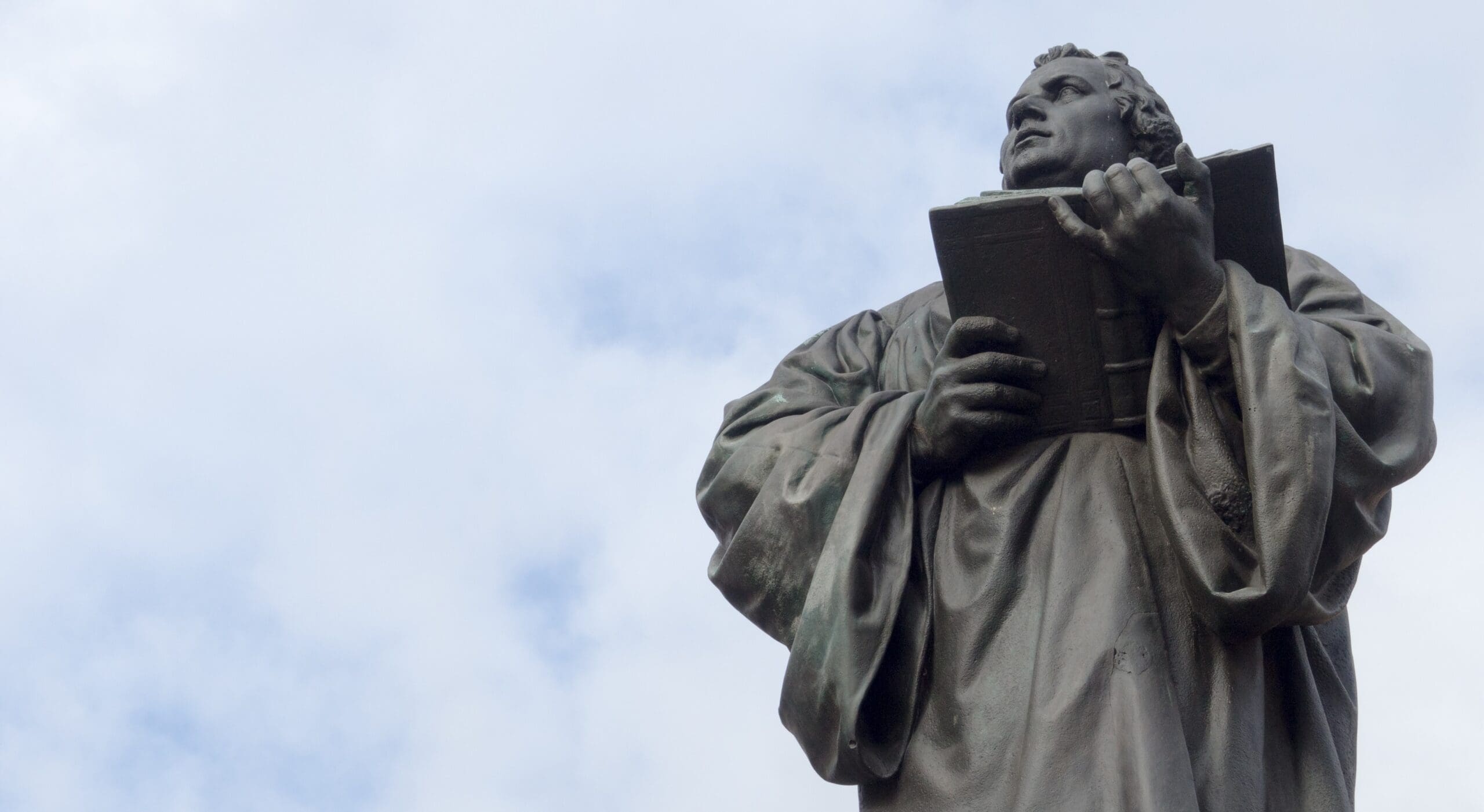Genesis 3 is one of the most theologically rich passages in the Old Testament; however, it is also equally complicated and often misinterpreted by both scholars and pastors. A significant point of contention rests on the purpose of the Tree of Knowledge which is central both in the Garden itself (Gen. 2:9) and within the narrative. And like the challenge of the Serpent, readers cannot help but question why God would place such a Tree in the Garden of Eden and yet prohibit Adam and Eve from eating from it? To address this question, we will evaluate the Tree of Knowledge itself and the deception of the Serpent, both of which provide clarity concerning the function of the Tree of Knowledge in the Garden.
First, the Tree of Knowledge of Good and Evil represents the fullness of Ethical Knowledge exclusively. This is apparent from its title of “Good and Evil.” The pairing of opposites is a common literary device in the Bible to show the completeness of an object or an action. Those who consume its’ fruit are provided some aspect of ethical knowledge not previously afforded to them at their creation. With this in mind, let us turn our attention to the dialogue between the Serpent and the Woman.
In the larger narrative of Genesis 1-3, the spiritual antagonist, the Serpent, initiates a potent attack against the Divine Image, created for both maintaining the cultivated fields of the Garden, and for the cultivation of the barren lands beyond its borders. The Serpent disguises this attack with two significant claims: You will not surely die, and you will become like God. Regarding the latter claim, it is apparent from God’s remark in Gen. 3:22 that the Man and the Woman do become like God, “knowing Good and Evil.” And while the former claim may seem to be the deception of the Serpent, upon closer examination, there are several details in the narrative that reinforce this as a half-truth, if not a full truth.
The spiritual antagonist, the Serpent, initiates a potent attack against the Divine Image, created for both maintaining the cultivated fields of the Garden, and for the cultivation of the barren lands beyond its borders.
It is often noted that God’s prohibition includes the prepositional phrase, “in the day,” when pronouncing the consequences of eating the forbidden fruit. It is clear from other references (i.e., 1 Kings 2:42) that the phrase is not meant to invoke the sense of immediacy for the consequence but rather its inevitability.
A second problem arises when one considers that death is technically a secondary consequence of eating the fruit. Humans, contrary to a popular assumption, were not created physically immortal. The purpose of man’s exile from the Garden, “lest they take also of the Tree of Life and live forever (Gen.3:22),” is to ensure their natural death. Thus, the consequence of death didn’t come directly from eating of the Tree of Knowledge; however, it did come as a direct consequence of sin. The holy reality of God demands the removal of sin from His presence.
The purpose of man’s exile from the Garden, “lest they take also of the Tree of Life and live forever (Gen.3:22),” is to ensure their natural death.
Behind the background of the Serpent’s “Two Truths” rests this lie: God is withholding something good from you.
Consider for a moment a child whose parents tell not to touch a hot stove. The child may learn that it is wrong to touch the hot stove in one of two ways: either through obedience or disobedience. In obedience, the child learns that it is wrong by heading the voice of their parents. A child also learns it is wrong from disobedience, as is clear by the consequences of the action. The pain from the stove reinforces the purpose for the prohibition. Likewise, God intended for Adam and Eve to learn and thereby grow in ethical knowledge, albeit through obedience. Instead of growing through obedience, the challenge of the Serpent created distrust of God’s goodness and his intentions for humanity. In eating the fruit, man did grow in ethical knowledge, but not through the perfect means that God intended for him.
Here we find the purpose of the Tree of Knowledge. Man was created to rule the earth as the Divine Image. It was man’s responsibility to listen to God’s voice and proclaim his commands to all of creation. And yet, before the Tree of Knowledge, what we find is Adam’s silence, and Eve’s mistrust of God’s goodness. Therefore, at the place where Adam and Eve were to rule, God passes judgment, exile, physical consequences of spiritual disunion between creature and Creator. The Image becomes tarnished by sin, and therefore it no longer perfectly reflects its Creator.
We know the rest of the story. Sin entered the world, and from sin, death. But even amidst such anguish and shame, the author of Genesis provides hope. In the sting of death by exile, there is hope for humanity, for through the obedience of Christ to death (Phil. 2:8), we are welcomed into eternal life (Romans 5:19-21). In the eating of one Tree, humanity found judgment, but in partaking of the fruit of another Tree, we find righteousness.
Suggested Readings:
Lints, Richard. Identity and Idolatry. NSBT. Downers Grove: Intervarsity Press, 2015.
Novatian. “On The Trinity.” In The Fathers of The Church Vol. 67. Translated by Russell J.
Desimone. Washington D.C.: Catholic University of America Press, 2008.
Wenham, Gordon. Genesis Vol. I. World Biblical Commentary. Grand Rapids: Zondervan
Publishing, 1987.







